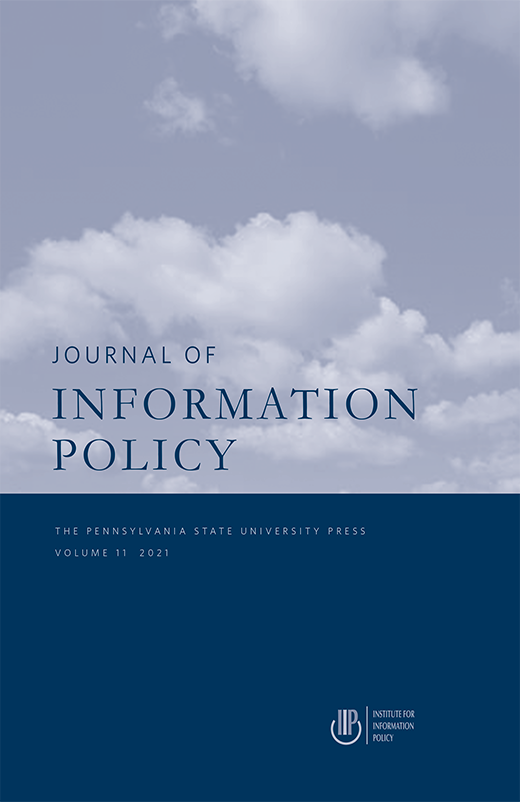Whitepaper
Journal of Information Policy

This article reviews available public data on the pre-COVID (2014–2018) residential broadband markets in the United States, and presents six data-driven stylized economic facts about these markets. Broadband was a significant household expenditure. There were very limited numbers of competing residential broadband Internet service providers (ISPs) in most local markets. Service prices have not decreased much over time. Quality competition seems quite important. There was very limited entry by new ISPs. Technological innovation in wireless drove much observed new entry.
In this article, we1 analyze a large, rich, and complex dataset to derive a set of data-driven “stylized facts"2 about U.S. residential broadband markets prior to the COVID pandemic of 2019. Documenting these facts is important: it currently seems quite possible that structural changes in economic and social activities triggered by COVID may have persistent effects on broadband demand and supply after the challenges posed by the pandemic have disappeared. Additionally, the relationship between market structure, prices, and service quality has been a focus of interest to the U.S. Congress, including the recent example of passage of the Broadband Data Act. Our goal is to better understand recent industry dynamics so new data-driven policies addressing improved broadband availability and service quality can be designed.
These facts highlight a potential divergence in the effects of local market structure on residential broadband service price and quality. Available data suggest, first, that nominal prices for residential broadband service plans in the United States have basically been flat, on average—unchanged over the last decade. The major dimension for competition among major broadband internet service providers (ISPs) seems to be improved service quality, particularly upgrades to download speeds. Second, within a relatively short time window, we document evidence of substantial entry and exit by firms within spatially disaggregated local markets. Third, both technological innovation and regulatory policy changes may have significantly lowered the costs of quality improvements; we observe substantial variation in quality within a cross-section of spatial locations over time.
Consumer gains due to broadband quality improvements are potentially very large.3 Internet access has become an essential resource for much of the US population. While in 2000 only 52% of U.S. adults acknowledged that they were Internet users, around 90% now do so (Pew Research Center, 2019). Smartphones, music, video, TV streaming services, and online news sources are now integrated into the rhythm of daily life. For example, Netflix subscribers on average spend more than one hour per day streaming that one source of content (Meadows, 2019). The proportion of U.S. adults who own a smartphone has increased rapidly from 35% in 2012 to 81% in 2018 (Pew Research Center, 2019). These trends in the United States are similar across groups with different income, education, and ethnicities, and are mirrored in other countries around our world. For these reasons, improvements in Internet service quality have the potential to bring large impacts on household welfare: most people now use the Internet, and they use it intensively.4 Using Federal Communications Commission (FCC) data, we analyze a rich panel dataset that covers all broadband services delivered to households by ISP, technology and maximum download speed for each of approximately six million populated US census blocks between December 2014 and December 2018. We describe trends in market structure, quality, and technology utilization within this five-year period.
The remainder of the article is organized as follows. Section I describes related literature; section II describes data sources and how we built our analytical dataset; section III provides background and analysis supporting six stylized facts about the U.S. residential broadband Internet service industry; and section IV presents conclusions.5
Research Topic
Economic Policy

